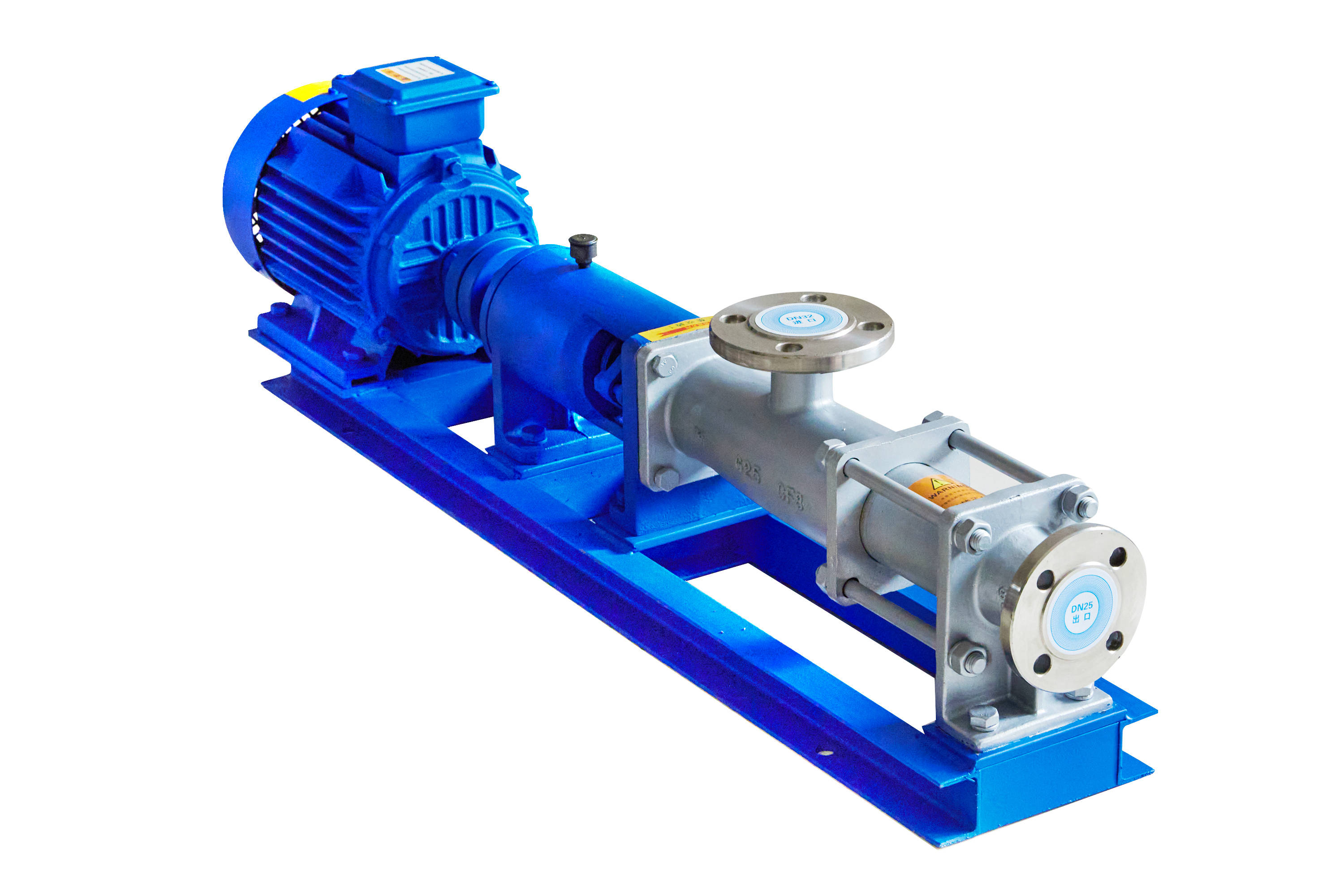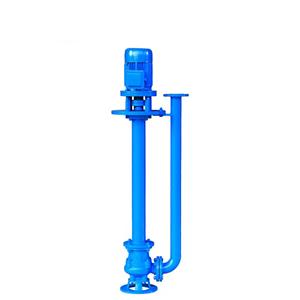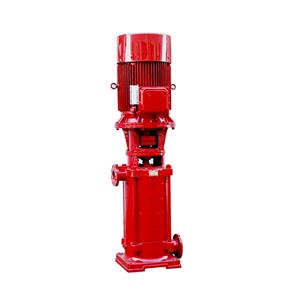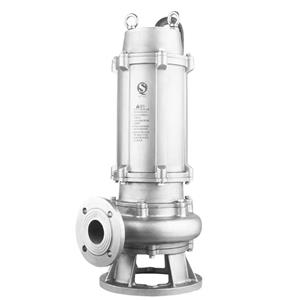Detailed Introduction to the Practical Main Applications of Screw Pumps
As a versatile pump, the screw pump allows adjustable flow rates by varying rotational speeds, with operational speeds adaptable to high or low requirements. The outlet pressure can be increased incrementally—each stage raises the pressure by 0.6MPa (approximately 87 psi). It is widely utilized in the following fields and industries:
Key Application Areas
Environmental Protection
Transport of industrial wastewater, domestic sewage, and slurries containing solid particles or short fibers.
Ideal for equipment such as oil-gas separators and plate filter presses.
Shipbuilding Industry
Bottom sediment clearance, transfer of oil-water mixtures, oil residues, and oily wastewater.
Petrochemical Industry
Handling crude oil, oil-water compounds, coalbed methane-water mixtures, and polymer injection into geological formations to reduce mechanical oil extraction costs and enhance oil recovery.
Pharmaceutical & Cosmetics
Transfer of viscous slurries, emulsions, and cream-based skincare products.
Food & Canning Industry
Transport of thick starch suspensions, edible oils, honey, syrups, fruit pulps, cream, fishmeal, and byproducts.
Brewing Industry
Moving dense mashes, thick rice wine, grain residues, sauces, pastes, and solid-liquid mixtures.
Construction Industry
Application and transfer of mortar, lime slurry, coatings, and other viscous materials.
Mining Industry
Discharge of groundwater and slurry containing solid particles from mines to the surface.
Chemical Industry
Handling mixed liquids, fats, colloidal suspensions, and adhesives.
Printing & Papermaking
Transfer of high-viscosity inks, PVC plastic pastes for wallpaper, and pulps of varying concentrations.
Boiler & Power Plants
Transport of coal-water slurries.

Technical Notes
Pressure Conversion: 0.6MPa ≈ 87 psi (critical for Anglo-American market specifications).
Material Compatibility: Screw pumps handle viscosities ranging from 1 to 1,000,000 cP, depending on rotor/stator design.
Industry Jargon: “Oil-gas separators” and “plate filter presses” retain technical precision for engineering audiences.
This translation maintains the original structure while adapting terminology for global industrial sectors. For region-specific variants (e.g., ASTM standards), contextual footnotes can be added.




